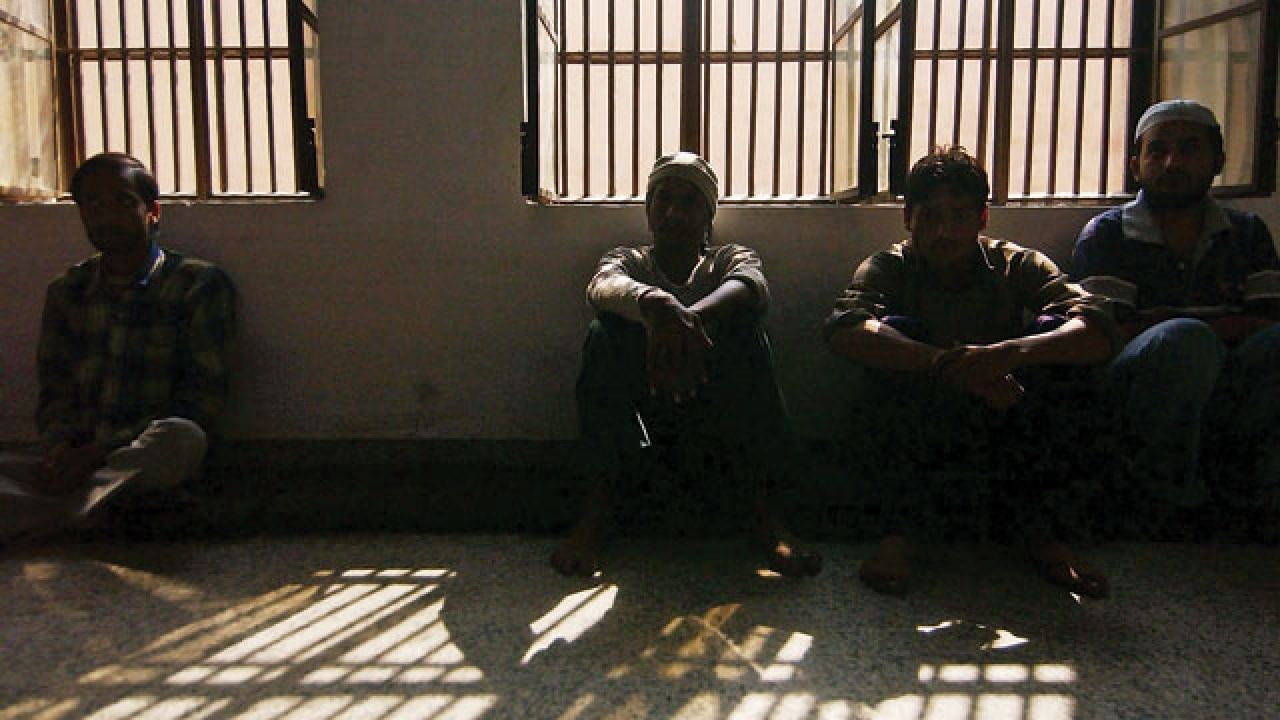
Union Law Minister Ravi Shankar Prasad’s letter to chief justices of high courts asking them to review the cases of under-trial prisoners (UTPs) and take suo moto action for their release requires the executive and the judiciary to work in close coordination. National Crime Records Bureau satistics for 2015 reveals that two-third of 2.82 lakh jail inmates are under-trial prisoners and that 65 per cent of them spend up to five years in jail before securing bail.
This reveals a criminal justice delivery system that is struggling to address the backlog of cases. The delay in dispensing justice is not only a negation of the rights of victims but also of the accused. Our judicial system is based on the dictum ‘innocent until proven guilty’ and the languishing of UTPs in jail for a long time is a violation of their constitutional rights.
In August 2014, the Centre had readied a proposal in coordination with state governments and high courts to release UTPs who were not accused in murder, rape or terror cases. A week later, the Supreme Court also weighed in on the issue directing the release of all UTPs who had served at least half the maximum possible sentence. Both -- the executive project and the judicial pronouncement -- were non-starters. The task of accounting for UTPs languishing in dozens of prisons across the country and reviewing their cases is a time-consuming task. With nearly three crore cases pending in the Indian judicial system, the pressure on judges is immense. Chief justices of high courts are also burdened with administrative responsibilities that relegate this human rights issue to the backburner.
The Centre and the state governments have underfunded the judiciary for long. The Supreme Court has been demanding the appointment of more judges and support staff. Former Chief Justice of India TS Thakur pointed out that in 1987, the Law Commission had recommended a total judicial strength of 40,000, at 50 judges per million population. Thirty years later, despite adding 25 crore to the population, the judiciary’s present strength was just 18,000. In the Union Budget 2017-18, the judiciary was allocated Rs 1,744 crore, which is less than 0.1 per cent of the total budget of Rs 21 lakh crore. In 2014, former CJI RM Lodha had criticised the low allocation for the judiciary which he pegged at less than 0.4 per cent of the budget. In 2016, the US federal courts demanded $6.9 billion, roughly equivalent to Rs 50,000 crore, and the US Congress acceded to the budgetary demand. The US has just one-fourth of India’s population.
The humanitarian basis for questioning the long jail stints served by UTPs is the poor conviction rates. In 2014, it was just 45 per cent. UTPs who are ultimately acquitted have legitimate reason to question the rationale behind long prison stays. The police must beef up the witness protection programme and summons-serving processes to ensure that UTPs appear in court. The possibility of them absconding and threatening witnesses is cited as a reason for denying them bail. However, the real reason is that most UTPs do not have the resources to hire advocates and secure monetary bail. Judicial reforms are the need of the hour and conscientious letters and orders alone won’t suffice.